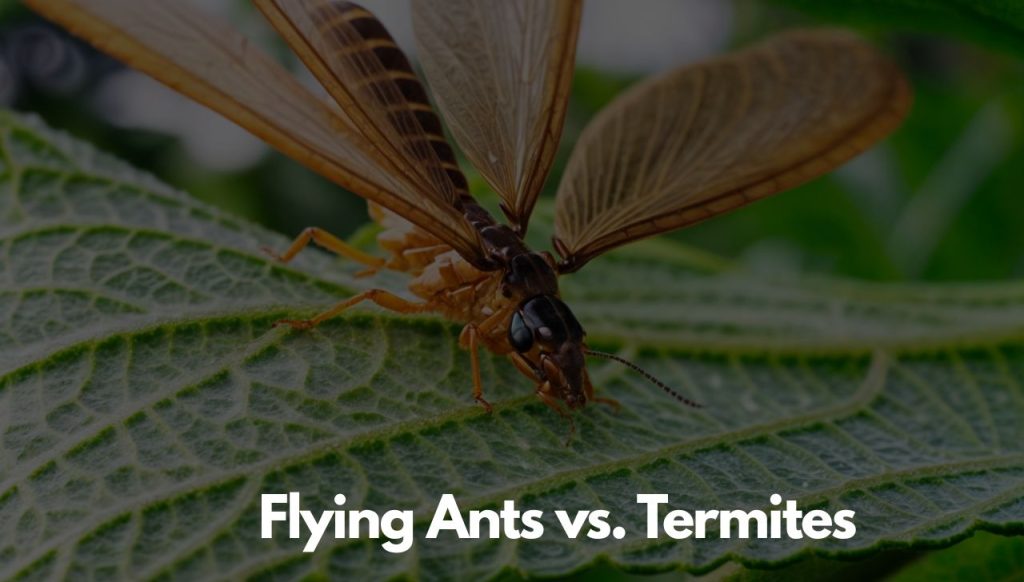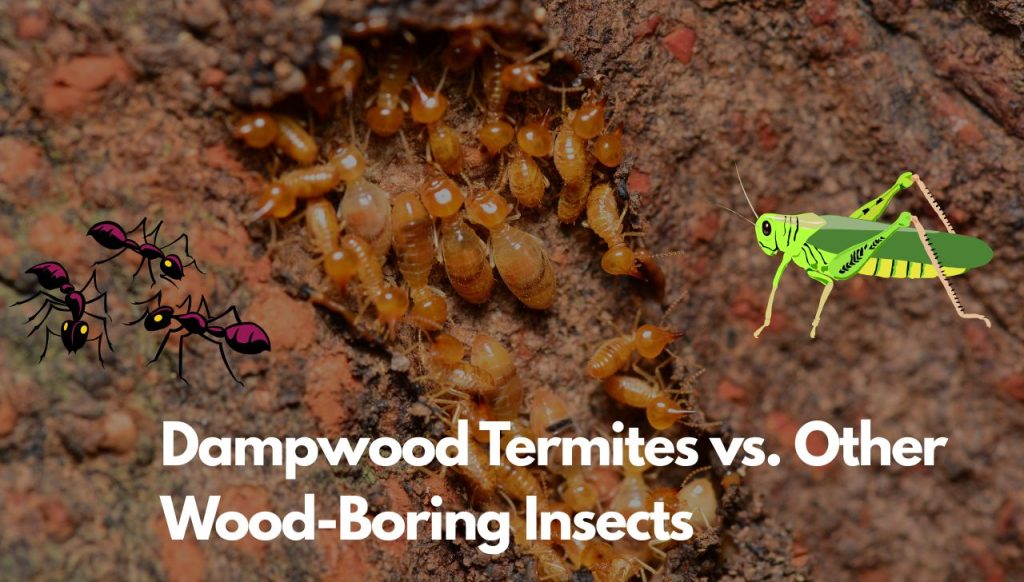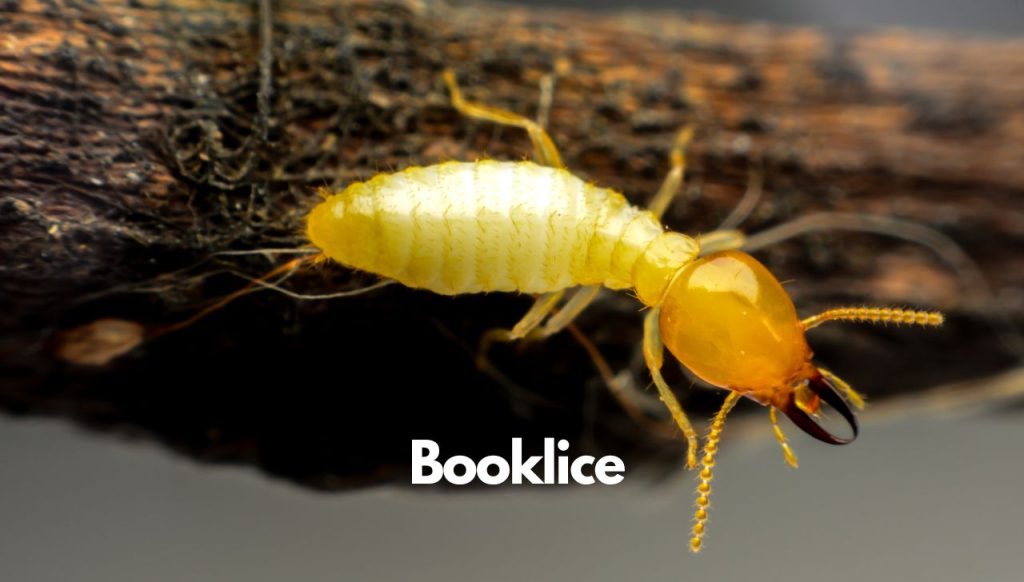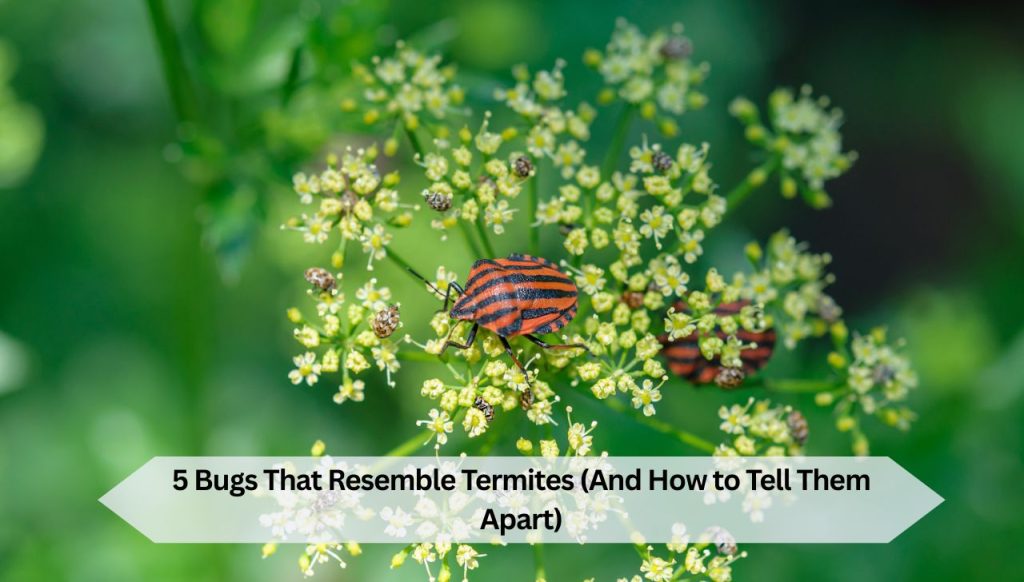You spot a winged insect crawling out of your wall and freeze. Is it a termite? Or something else? The panic is real, and understandably so. Termites are infamous for their ability to chew through wood and cause thousands of dollars in damage—quietly and quickly. But not every wood-loving bug is a termite.
Some insects look strikingly similar to termites. They’re often mistaken for each other, especially when wings or size come into play. Knowing the difference can save you time, money, and unnecessary stress. Let’s break down the lookalikes and how you can tell them apart.

1. Carpenter Ants
Carpenter ants top the list of termite imposters. At first glance, they look similar, especially when they’re winged. But here’s the trick: carpenter ants have a narrow waist. Think of it like a wasp’s hourglass figure.
They also have bent antennae, unlike termites, whose antennae are straight. Their wings? The front pair is larger than the back, while termite wings are all the same size.
Carpenter ants chew through wood too, but they don’t eat it. They dig tunnels to build nests. You’ll often find little piles of sawdust near the baseboards—a telltale sign they’ve moved in.
Discover More : Why Is My Lawn Turning Yellow? 7 Common Causes and How to Fix Them

2. Powderpost Beetles
These beetles are tiny, but their damage can pack a punch. They lay eggs in cracks of untreated wood, and their larvae do all the damage from the inside out.
Powderpost beetles leave behind fine, talc-like sawdust and tiny exit holes. That’s their calling card. Unlike termites, they don’t live in colonies. So the infestation tends to be more isolated.
People often confuse their exit holes with termite activity. But termites don’t make such neat, pin-sized holes.

3. Flying Ants vs. Termites
Winged ants, also called swarmers, are probably the most commonly mistaken bug for termites. Both swarm in spring or summer and both are drawn to light. So how can you tell the difference?
Let’s look closer. Flying ants have elbowed antennae and a defined waist. Termites? Straight antennae and a uniform body.
And the wings? Flying ants have unequal wing lengths—you’ll notice the front wings are longer. Termites, once again, keep it symmetrical.
Quick test: find one, examine the body. If it’s pinched at the waist, it’s not a termite.

4. Dampwood Termites vs. Other Wood-Boring Insects
Now, this gets tricky. Dampwood termites are termites—but they’re often confused with other bugs that hang around rotting wood.
Unlike the drywood or subterranean types, dampwood termites love moisture. You’ll find them in leaky basements, crawl spaces, or even soggy logs stacked near the house.
They don’t always build massive colonies. And because they’re quiet, they go unnoticed for years.
Compare this with carpenter bees or longhorn beetles, which also attack wood but leave different marks. Bees drill perfect holes. Longhorn beetles leave gritty sawdust and make clicking sounds.

5. Booklice
These guys are harmless, but boy do they get mistaken for termite nymphs. Booklice are small, soft-bodied, and pale—almost ghostly. Sound familiar?
They love humid areas and feed on mold, not wood. You’ll find them around damp books (hence the name), cardboard, or near window sills.
Unlike termites, they don’t cause structural damage. But they do trigger panic when seen in large numbers.
Identifying Insects in Your Home
So, you’ve found a bug and you’re still unsure? Let’s simplify. Grab a magnifying glass or even your phone’s camera. Check these:
- Antennae shape: Straight = termite. Bent = ant.
- Waist: Broad = termite. Pinched = ant.
- Wings: Equal size = termite. Uneven = ant.
- Damage signs: Fine dust = powderpost beetle. Mud tunnels = termite. Clean wood shavings = carpenter ants.
When in doubt, call a pro. Pest control companies often offer free inspections. A quick check could save your home.
Discover More : How to Plant & Grow a Zoysia Grass Lawn: A Step-by-Step Guide
Conclusion
Not every wood-dwelling bug is a termite. But the lookalikes can still cause damage, and confusion makes it worse. Knowing what you’re dealing with helps you act faster and smarter. From carpenter ants to harmless booklice, understanding the difference could mean stopping an infestation early. Keep an eye out, stay curious, and don’t hesitate to ask for expert help when needed.

